Greece › Athens › Archaeological Sites › Aristotle’s Lyceum
By Santorini Dave
See Also
- Best Hotels in Athens
- Where to Stay in Athens
- Best Restaurants in Athens
- Best Things to Do in Athens
- Complete Athens Travel Guide
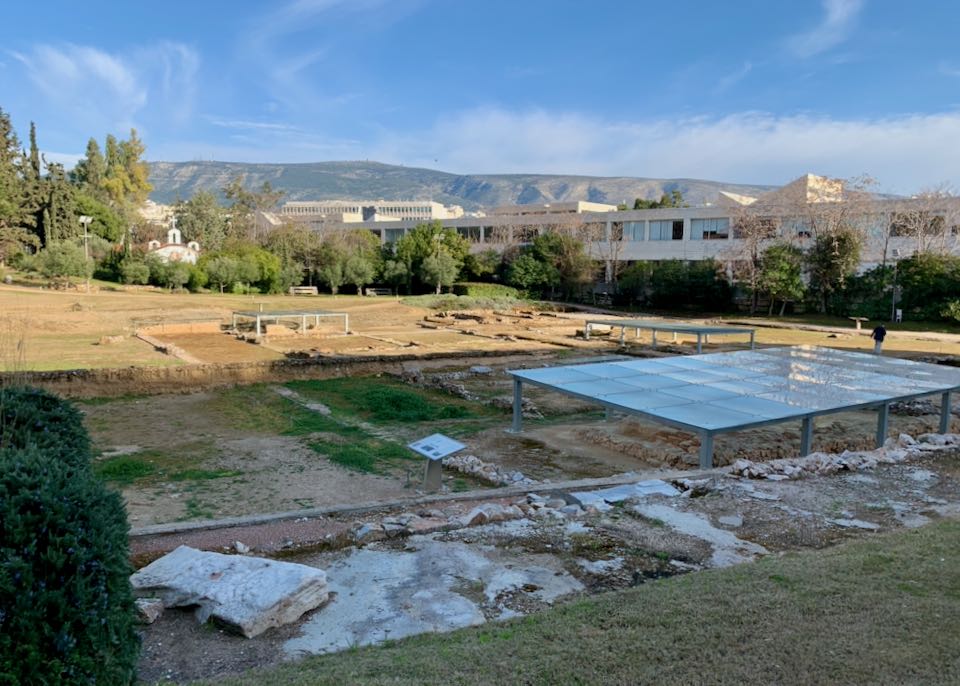
Aristotle’s Lyceum isn’t one of Athens showiest archaeological sites, but is worth a visit for fans of the ancient Greek philosophers.
Tours and Tickets:
• Athens Pass Combo Ticket (7 archaeological sites + Acropolis Museum. No tour.)Lyceum Hours and Information
- Hours: Open daily. Summer 8am – 8pm; last entrance to the site at 7:40pm. Hours are reduced gradually in the fall through winter (check website for details). Closed 1 January, 25 March, 1 May, Orthodox Easter Sunday, 25 & 26 December.
- Website: odysseus.culture.gr
- Location: Rigillis 11
- Telephone: +30 210 72 51 348
- Admission Fee: Summer (April to October) entrance fee: 4€. Winter (November to March) entrance fee: 2€. Reduced admission 2€. You can also purchase a 30€ combo ticket for this and 6 additional sites: Acropolis, Ancient Agora of Athens, Roman Agora, Temple of Olympian Zeus, Kerameikos, and Hadrian’s Library. The combo ticket is valid for 5 days and offered year round. Purchase on site or in advance online.
- Free Entry: 6 March (in memory of Melina Mercouri), 18 April (International Monuments Day), 18 May (International Museums Day), the last weekend of September annually (European Heritage Days), 28 October, every first Sunday from November 1st to March 31st.
- Parking: Street parking, nearby pay lots.
- Nearest Metro: Evangelismos
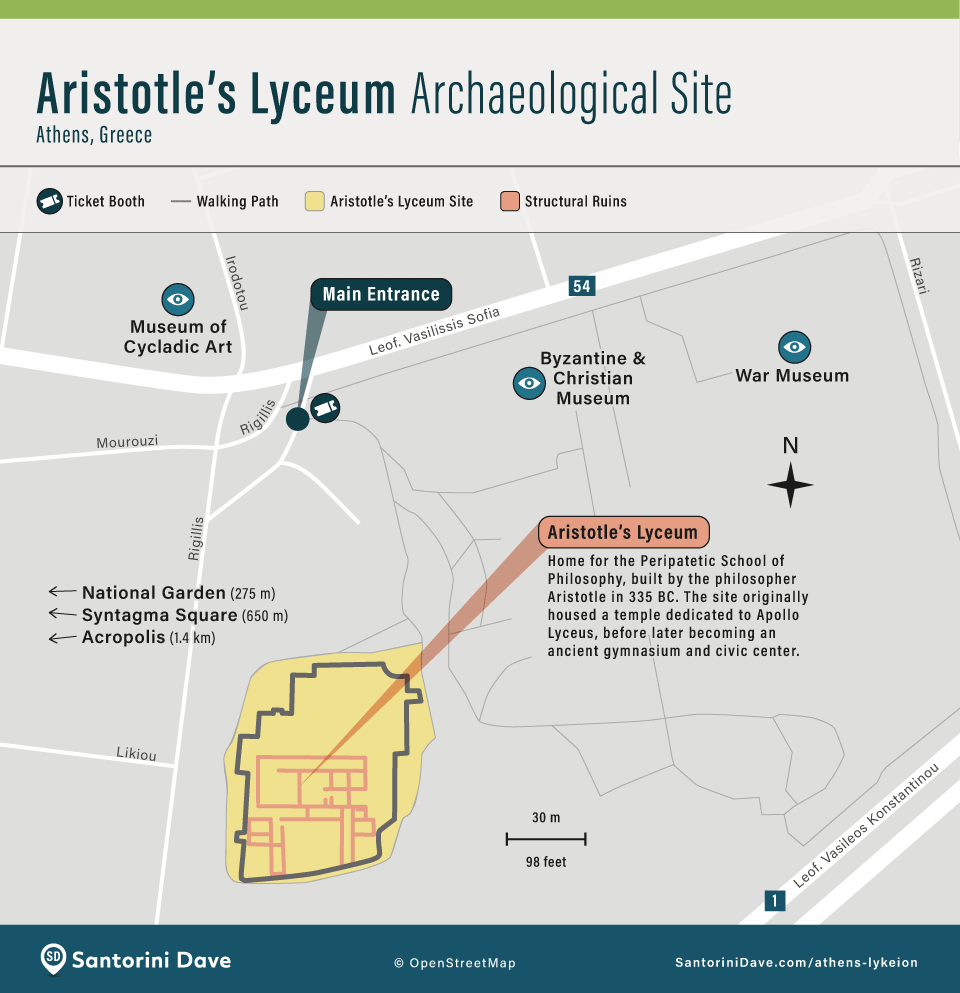
Aristotle’s Lyceum in Athens
- Aristotle’s Lyceum (also known as the Lykeion) is located by the Kolonaki area in central Athens near the Byzantine and Christian Museum.
- The ruins here aren’t as aesthetically impressive as those found in other Athens archaeological sites, but the Lyceum’s historical significance makes it worth a visit if you’re in the area, especially if you’ve purchased the 5-day combo ticket that includes the Acropolis. If you’re a fan of Aristotle’s significant influence on humanity, then it’s a must see.
- The site originally housed a temple dedicated to the wolf God, Apollo Lyceus, before later becoming an ancient gymnasium and civic center. This is one of the three oldest gymnasiums of ancient Athens, the other two being Plato’s Academy and Kynosarges.
- The site is best known as the home for the Peripatetic School of Philosophy, built in 335 BC by Greek Philosopher Aristotle (384-322 BC). Other famous philosophers who taught there were Isocrates, Plato (a teacher of Aristotle), and Socrates.
- Also noteworthy at the site is the infrastructure for the ancient baths. Look for the pipes running through the ground in what used to be a floor; they were used to funnel in heat to create a ‘steam room’.
- Athenian Assembly meetings were held here before the Pnyx became the official meeting place in 5th century BC.
- Roman general Sulla destroyed the Lyceum during an assault on Athens in 86 BC.
- The archeological remains of the Lyceum were discovered in 1996 and first opened to the public in June of 2014.
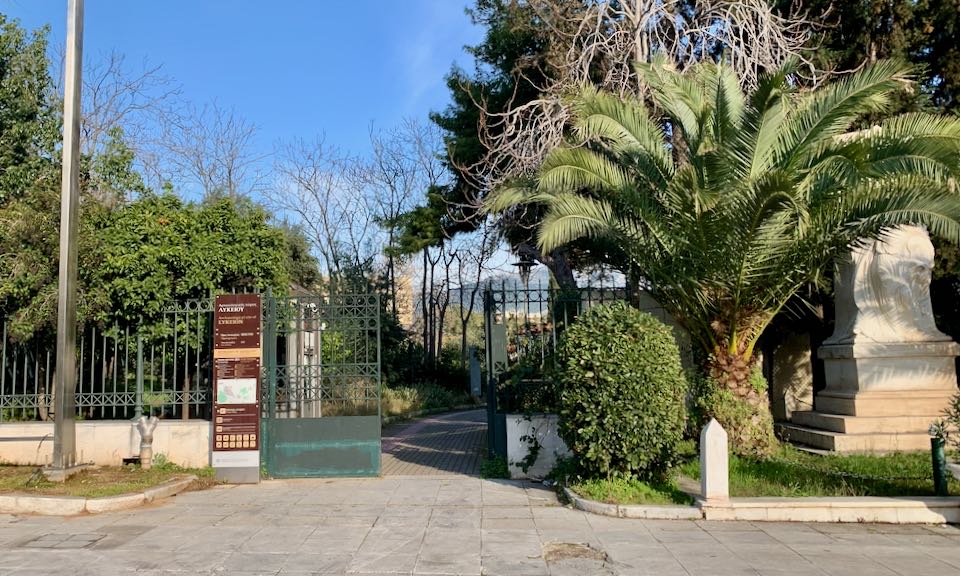
Aristotle’s Lyceum in Athens (also called the Lykeion) is located in the Kolonaki neighborhood, near the Byzantine and Christian Museum and not far from Syntagma Square.
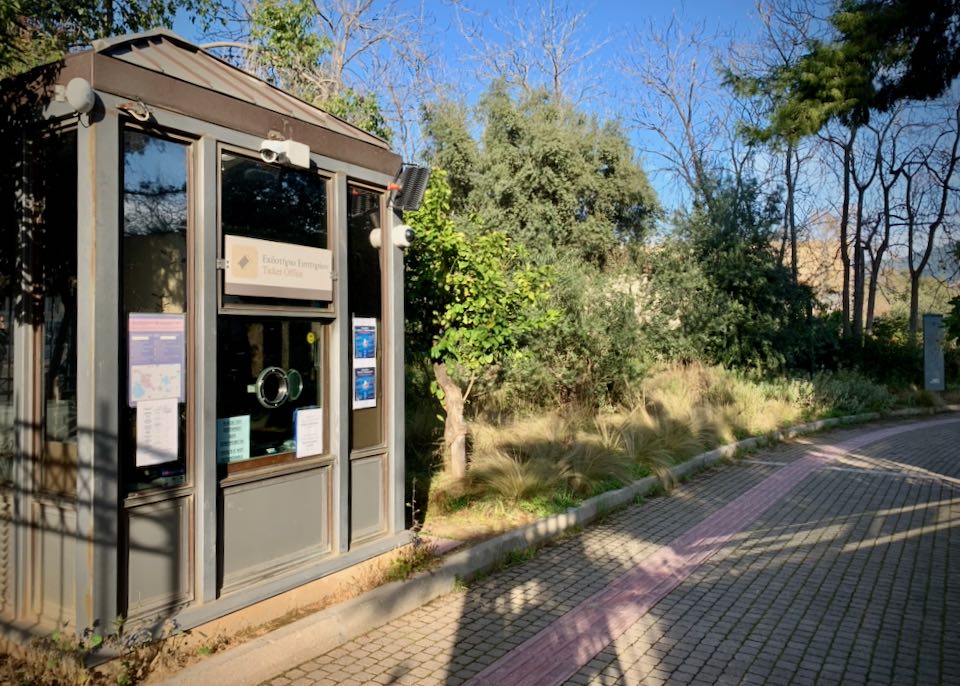
The site is open year-round; the ticket booth is located right inside the gate. Admission is included in the 5-day, 7-site Athens Combo Pass.
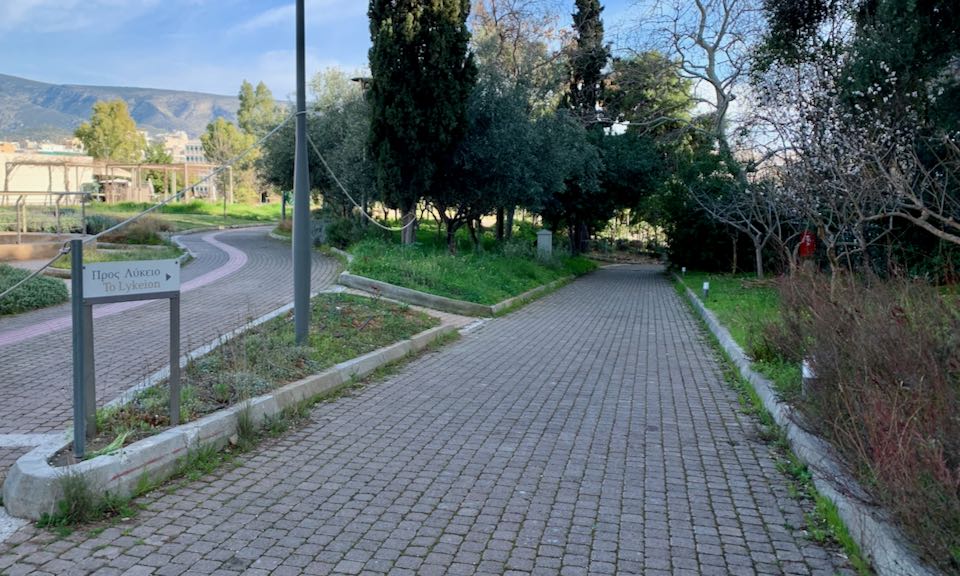
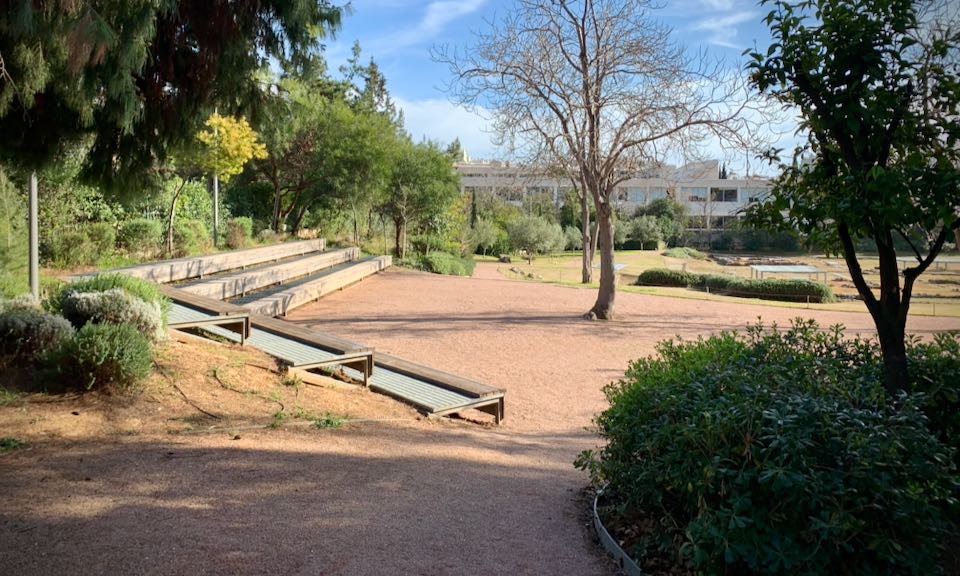
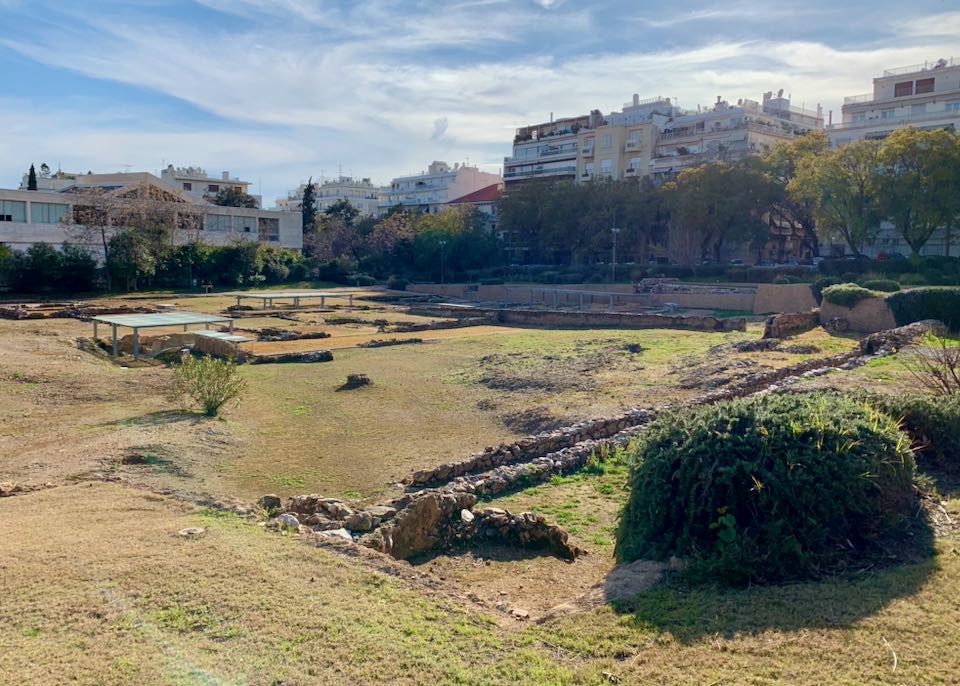
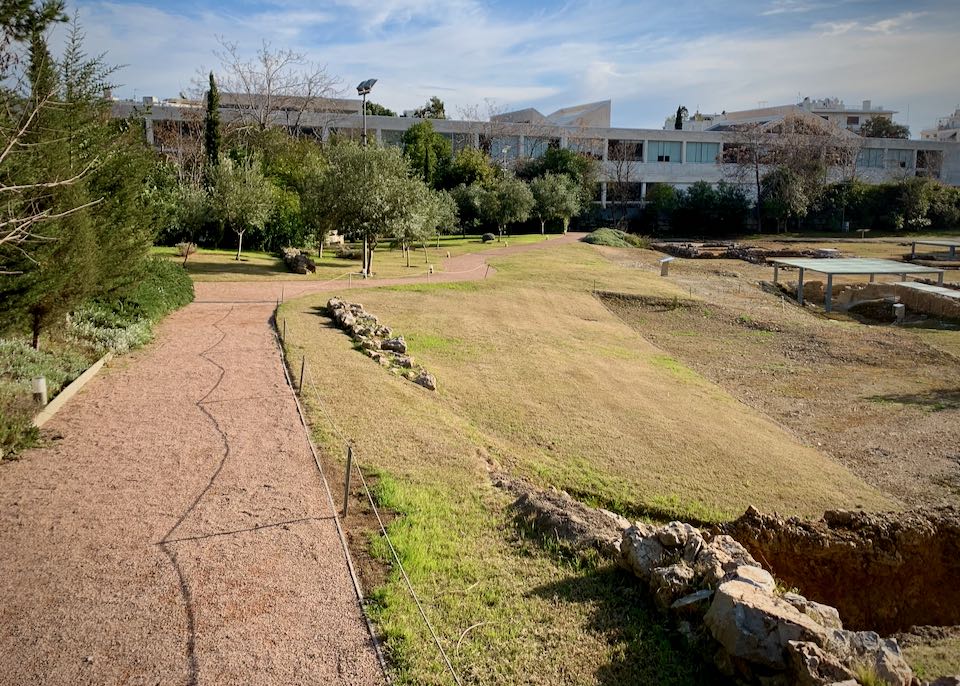
A level, crushed-gravel path lines the site’s perimeter.
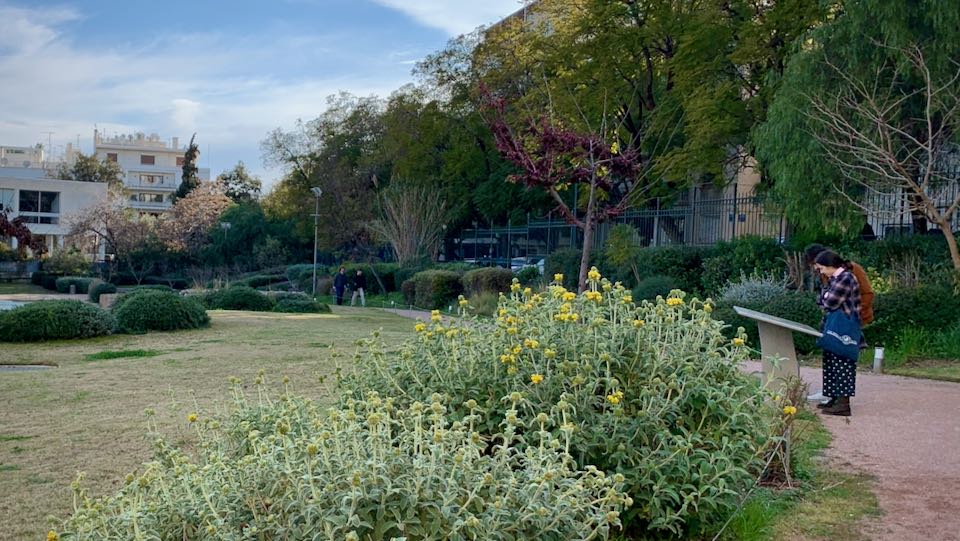
Descriptive signs are posted in Greek and in English.
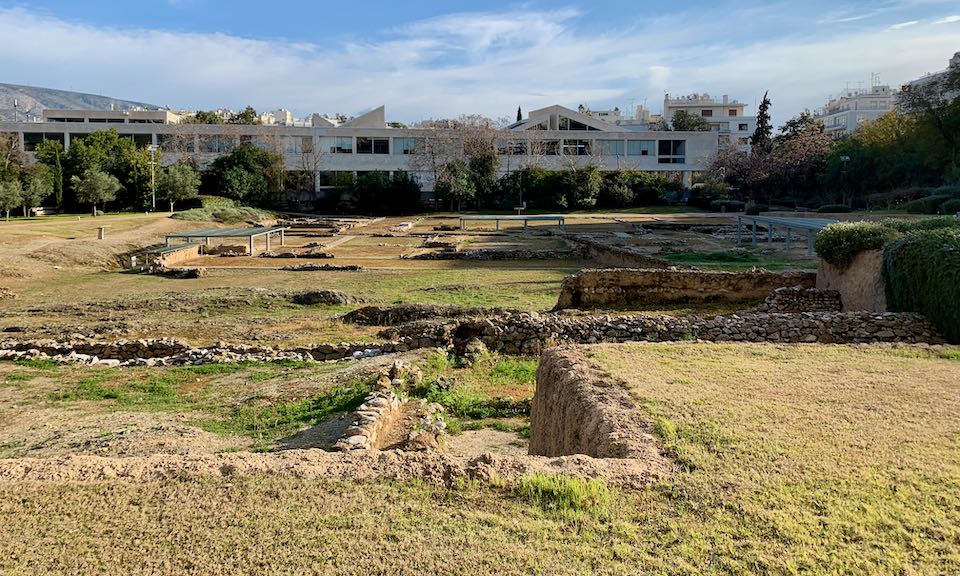
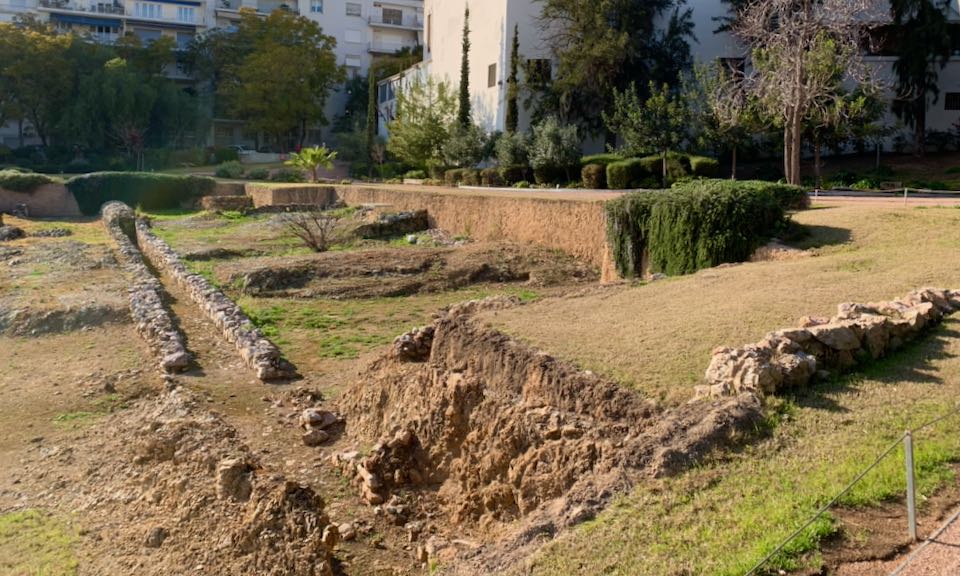
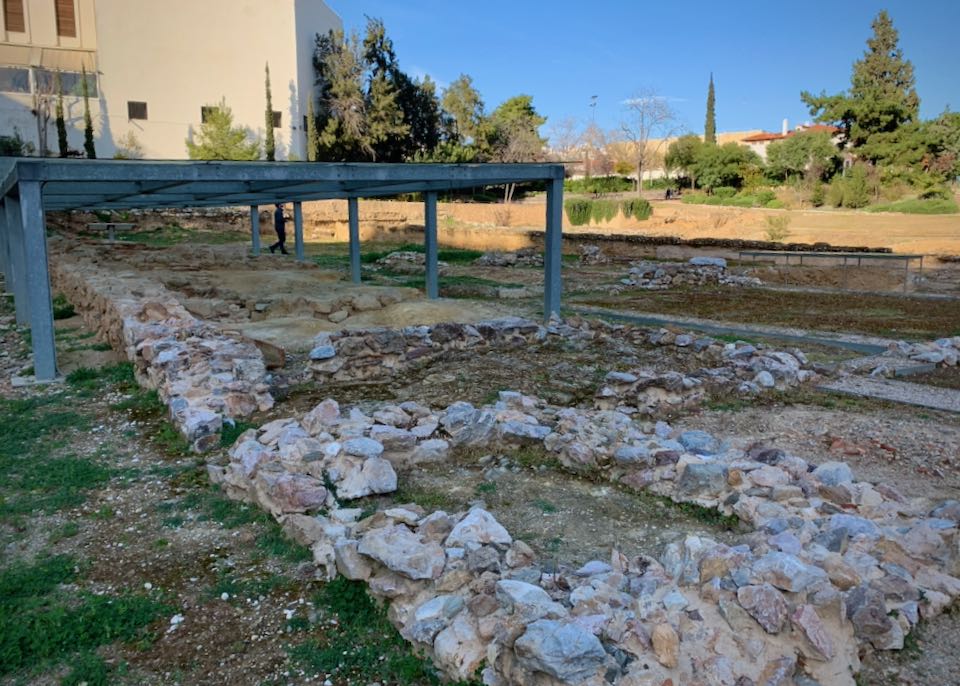
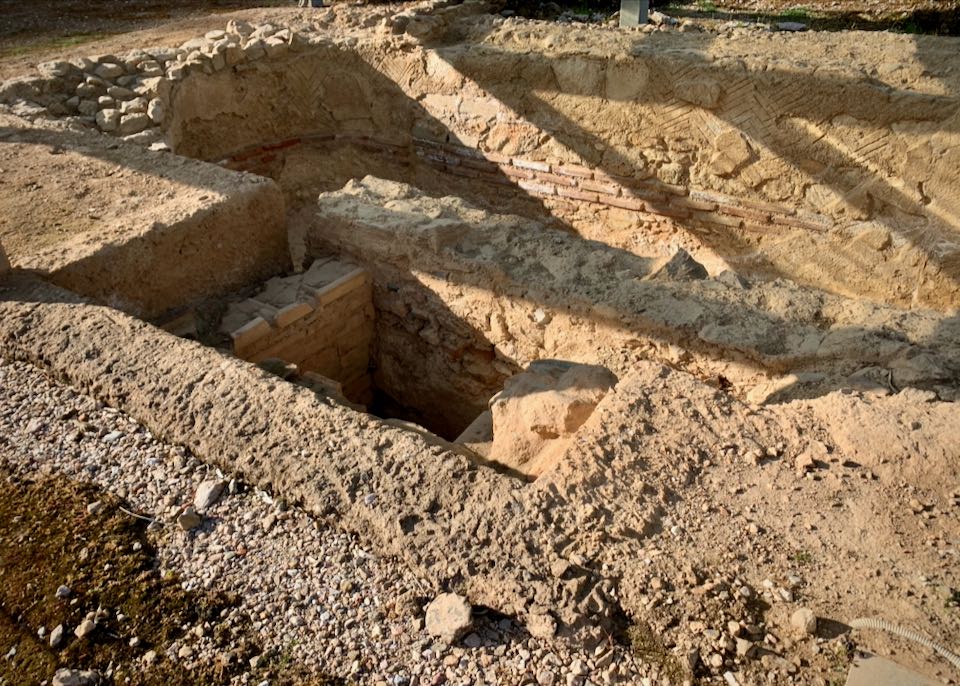
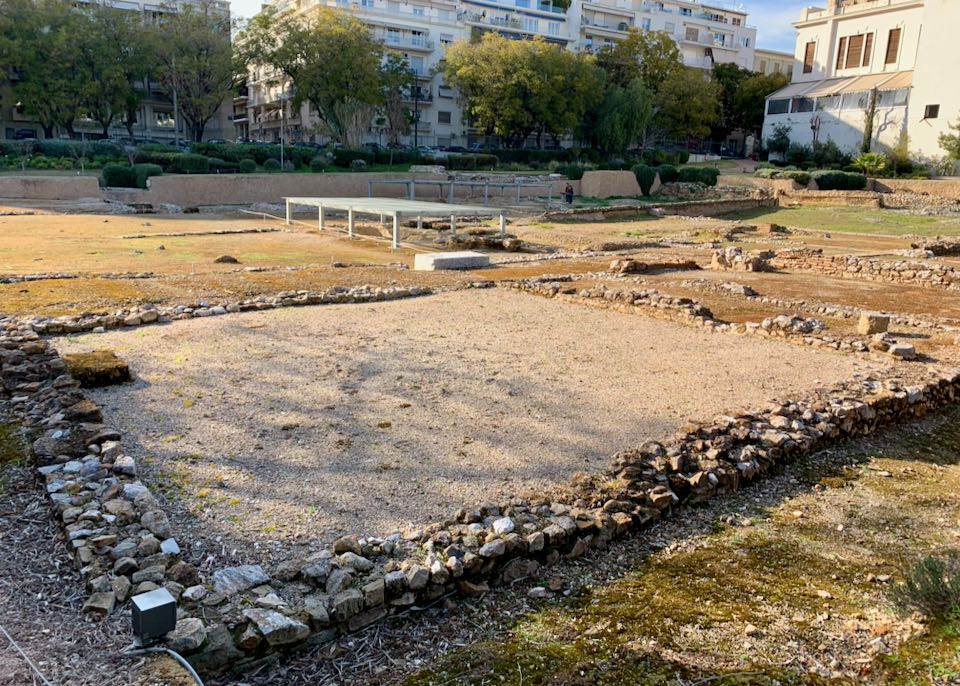
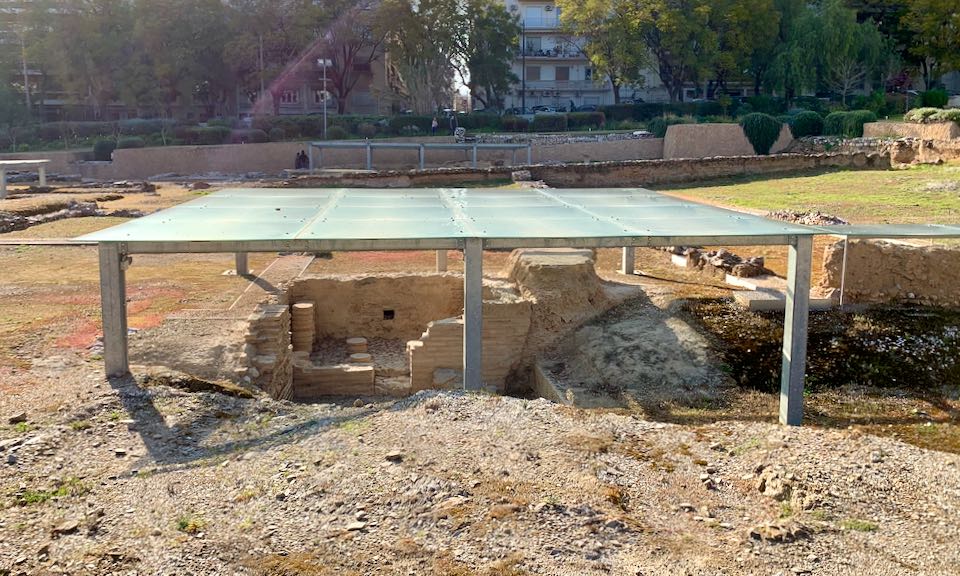
Read More
About Santorini Dave